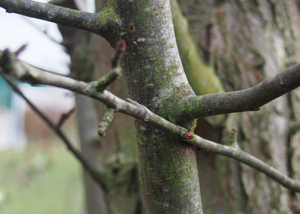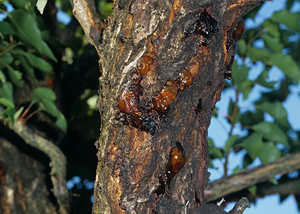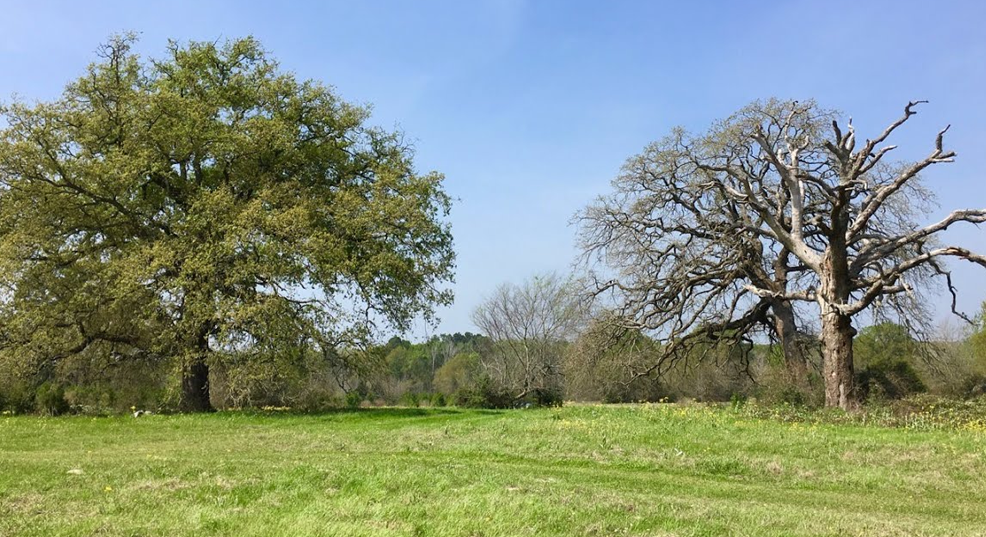How To Tell If a Tree Is Dead
For many of us, the spring signifies the beginning of a new life. Plants start to grow, and everything awakens from a deep slumber. However sadly, not all plants make it to the spring, and some die in winter. And it’s important to figure out the state of your tree, and understand its state.
But that can be rather problematic and not many people understand, how to tell a dead tree from the one that simply doesn’t have buds yet. And, we wish to highlight this important distinction.
Thus, in this article, we’ll teach you how to tell if a tree is dead, as well as how to determine when the tree can be saved.
Dying Tree Symptoms: What To Look For?
A plant cannot speak up for itself or express its concerns. To find out whether it is dying or not, you have to observe every part of it closely.
Now, how do you know if a tree is dead? To know this, you need to pay attention to:
Leaves
The leaves are the first to signal that something is wrong with the plant. So when you wonder how to determine if a tree is dead, take a closer look at the state of the leaves, specifically their color. Evergreen forests retain its leaves throughout the year, but the leaves will turn brown if it dies. Browning and falling off leaves are the two obvious signs that indicate the wood’s approaching death.
Another thing that gives away the unfortunate fate of the tree is the state of the leaves, meaning that they will turn into a sort of needle shape.
Of course, when we’re talking about the beginning of spring, there is no way to tell whether the tree is dead or not since it simply doesn’t have leaves yet. In that case, you need to pay attention to the other signs of how to tell if a tree is dead.
Branches

Branches can also tell you a lot about the plant. If you notice a lot of broken and snapped branches indicate poor health and that the tree may die soon. However keep in mind that sometimes the tree might have only parts of dead and broken branches: in that case, it means that the tree is sick. In that case, it’s important to determine the cause of illness and treat it immediately. Many people also wonder – does cutting off dead branches help a tree? While usually, the answer is yes, it also comes down to understanding what caused the illness: sometimes cutting the branches will not be enough.
Trunk
The rotting of a mass section of the trunk is among the first indicators of a dying tree. So if you notice that the bark is pretty easy to peel, that is one of the most obvious signs that the tree is dead. However, this is not the only way to determine if the tree is dead, since peeling is not uncommon among a few plant species, mainly due to seasonal fluctuations. In such cases, peeling won’t indicate death. So don’t make the verdict whether the tree is dead or not solely based on this method.
Roots
Many people wonder – how to know if a tree is dying by inspecting its roots? Did you notice the mushroom and other fungal growth on the trunk or roots of a tree? That is one of the obvious signs of a dead tree. The roots of a plant about to die harbor many fungus types, namely mushroom, and bracket fungi. This indicates that rot is occurring internally. The root of the dying sapling will also lose its grip on the soil and will ultimately fall off.
Other Signs Of a Dead Or Dying Tree
Leaning
A leaning plant means that the roots have undergone derogatory change and cannot hold the weight of the tree anymore. So if a tree has already leaned away 15 degrees or more from its original vertical position, then it’s on the verge of death. Thus, if you are thinking that is my tree dead – take a closer look at its posture.
Cankers

The Tree Care Industry Association defines cankers as any rotten bark area caused by fungal or bacterial infections. And they are strong indicators of dying tree. The reason is that because the cankers are like wounds that get deep into the wood bark, similar to a disease, and ultimately cause its death.
Scratch Test Fail
The health of the cambium can indicate whether the wood is about to perish or not. Cambium is a particular type of connective tissue layer found just beneath the outer bark. A live one has a green cambium, while a sick shrub about to expire has a brown cambium. A scratch on the external surface can be the answer to your question of how to tell if a tree is dead.
Why Are Dead Trees a Problem?
Dead trees can pose multiple problems if not taken care of in an appropriate way:
- It can get uprooted and fall off suddenly, which can cause potential injuries to any passer-by.
- It can fall over electric wires or posts, which can lead to short circuits or power cut-offs.
- These can also pose damage to the property around them.
Can You Save a Dying Tree?
If the dying wood symptoms can be diagnosed at early stages, it is often possible to save it. However, this is usually done by professionals, they will help confirm whether the tree is already dead or can’t be saved or if there’s still hope with the right treatment.
Conclusion
And that’s pretty much all the basic signs of how to tell if a tree is dead. Overall the most obvious signs in warm seasons would be the loss and change of color of leaves, as well as branches falling. However in spring, when the tree is still bare, the most obvious sign is the growth of fungi and peeling off of bark. And the universal way to tell that there’s something wrong with a tree is if you notice a plant heavily leaning down.
So keep in mind all these obvious signs and remember – regular scheduled care and maintenance can help woods have a long life. After all, it is negligence, which most often causes the trees to die off prematurely. Thus, keep an eye on your plants, and they will continue making your garden beautiful and healthy!
Perhaps you also know some ways how to tell if a tree is dying or dead? Maybe you even managed to cure it in time? Feel free to share your experience with us in the comments – we would love to hear from you!

